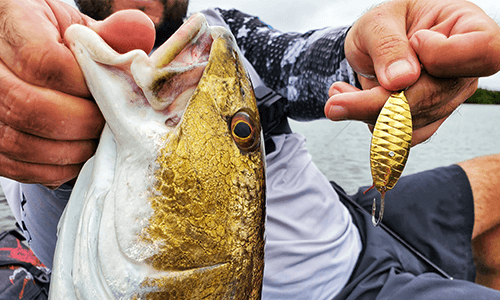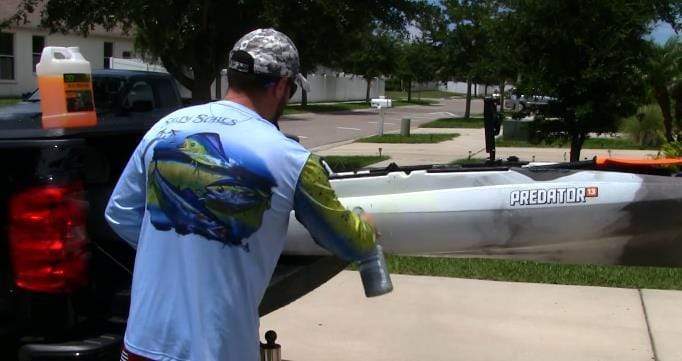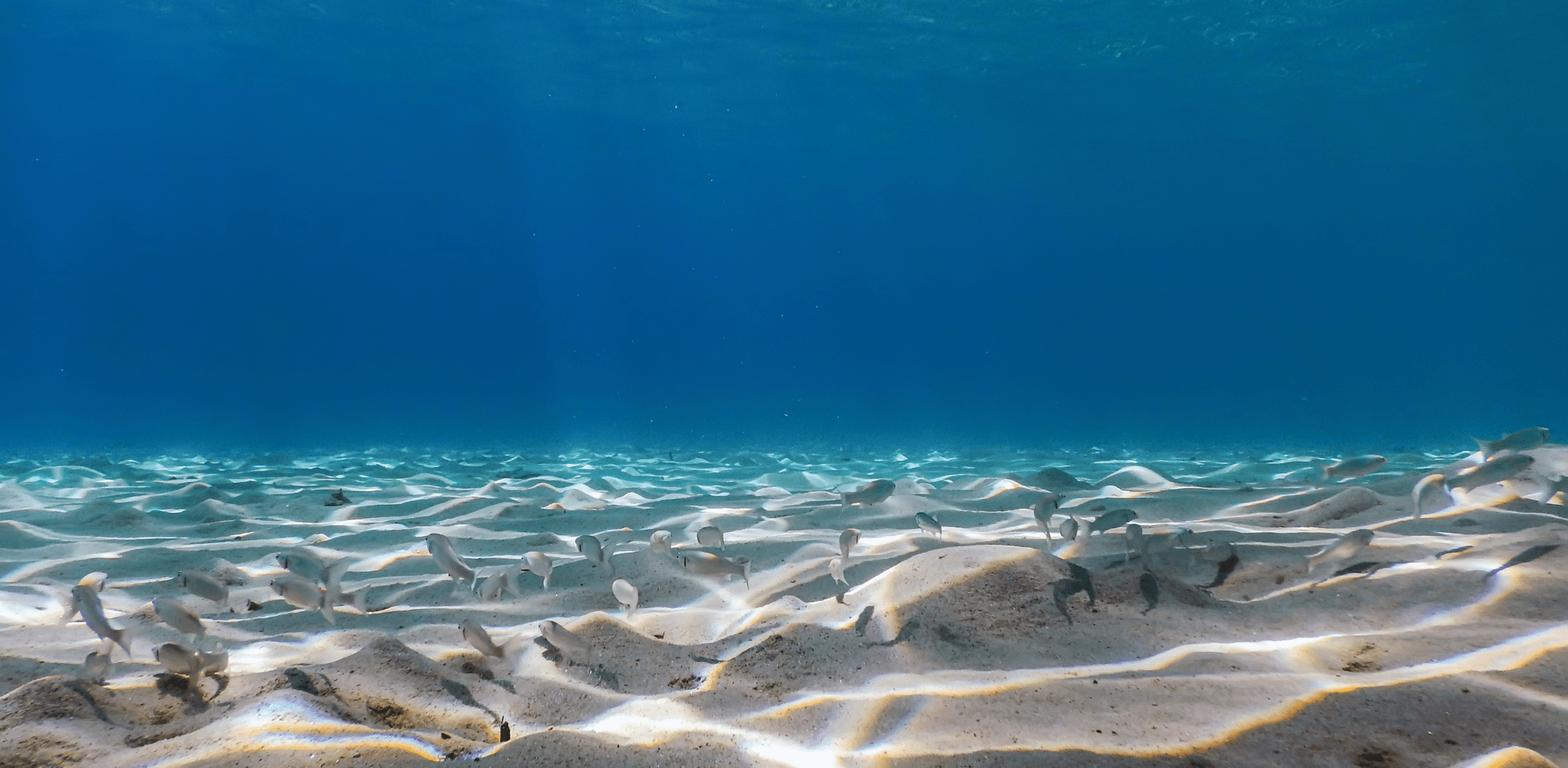The Sunshine State offers world-class fishing, including some great bass lakes. If you want to pick up some real hogs, I suggest you load up on crankbaits. If you're going to keep from losing your investment, I suggest you follow these simple tips.

Florida bass fishing is unlike that available almost anywhere else. First, the bass are BIG. Second, some of the best waters are far smaller than what you would equate with prime bass waters. Even the more mammoth lakes tend to be shallower than you would expect, primarily because you are not dealing with reservoirs like those in other states. Crankbaits are still a go-to lure for largemouth, and they will pull in a steady supply of respectable fish. But you need to tweak your technique a bit.
Why the crankbait?
Crankbait are universal. They allow you to cover a lot of water; This allows the angler fishing new water to quickly locate fish, so they can turn to focus their attention on the prime spots. Once fish are found a crank bait’s vibration & wobble will draw out bass and entice a strike, often when nothing else will. Finally, because you can tune a crankbait for a more precise presentation, you can fish just the right depth for repeated success.
What you need
If you are going to effectively fish crankbaits in Florida lakes and ponds, you may need to adjust your gear a bit.
Be prepared to fish shallow - many of these waters are less than 15ft deep even in the channels. Most of the time, you will be fishing, even shallower water, so deep divers are not always necessary.
Square up - square bill cranks react when they encounter an obstacle; they are likely to tip tail up, allowing hooks to avoid debris.
Heavy tackle - hydrilla and cattails are as common as mosquitoes, so heavier line will let you muscle your way free when you get hung up (accept that it will happen), 16-20 lb line is a must if you want to strong-arm it.
Lure retriever- many of the waters include lots of stumps. It's an excellent habitat but rough on lures unless you want to spend a lot of time diving for your divers or can afford to lose a few expensive lures, be sure to invest in a lure retriever.
How to do it
The key is learning how to fish these conditions properly, so you (a) avoid snagging as much as possible and (b) avoid pulling the lure away from hungry fish.
Start with a standard crankbait retrieve. When you encounter an obstacle stop, allow the lure to rise above it. In most cases, this will prevent a snag, but using a square bill crankbait will increase the odds in your favor. Once the lure is above the obstruction, you can resume reeling, but I recommend waiting for a few seconds as this is when bass are likely to strike if fishing near heavy vegetation snags are going to happen. Using a more significant diameter line will allow you to muscle the lure free. You can also bang crankbaits off the structure; when you hit something, don't hesitate to reel faster, and often times that will trigger a big strike.
In those incidents, when you can not avoid a snag and are unable to work it free, a lure retriever is the only answer. Although they can cost as much as $25, you can easily make this money back by saving a handful of crankbaits.
Check out this video footage of us cranking in a personal best bag on crankbaits:
Good luck, good fish!




